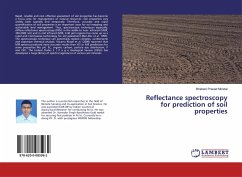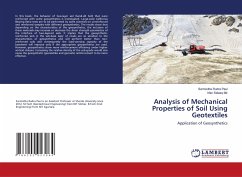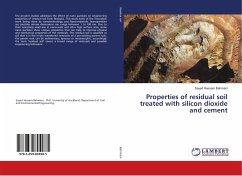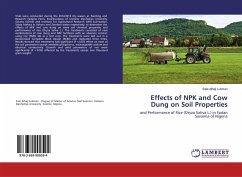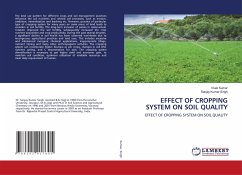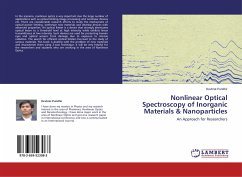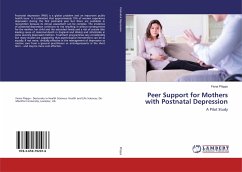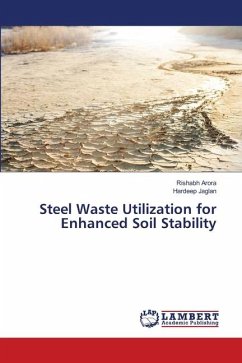Rapid, reliable and cost effective assessment of soil properties has become a focus area for management of natural resources. Soil properties vary widely both spatially and temporally. Therefore, accurate and rapid quantification of soil properties is an important issue for soil mapping and sustainable land management. Thus, spectroscopic techniques especially, diffuse reflectance spectroscopy (DRS), in the visible to near- infrared (VNIR, 350-2500 nm) and in mid infrared (MIR, 3-30 mim) regions has come up as a rapid and noninvasive technology for soil assessment (Ben-Dor et al. 1995). The spectroscopic technique can potentially replace complex, cumbersome and expensive chemical analysis. Viscarra Rossel et al. (2006) reported that MIR spectra produced more accurate results than VIS or NIR predictions for some properties like pH, EC, organic carbon, particle size distribution, P and CEC. The United States 2 P a g e Geological Service (USGS) has developed a huge library of spectral signatures of various soil minerals.
Bitte wählen Sie Ihr Anliegen aus.
Rechnungen
Retourenschein anfordern
Bestellstatus
Storno

